I believe everyone knows that fruits are a good nutrient for us. They contain many nutrients that are beneficial to the human body, and they can also cure diseases. For example, some fruits can be eaten appropriately for patients with hyperlipidemia to reduce blood lipids. So, what fruits are good for high blood lipids? let’s check it out.
Fruits contain water, vitamins, and trace elements, making people feel full after eating, thereby reducing the intake of other foods.
Most of the nutrients in the fruit are in the pulp, so if you want to get the nutrition in the fruit and lose weight, it doesn’t matter if you eat it after peeling it. But if you want to use it to lower blood lipids, the lipid-lowering effect after peeling will be reduced by half because we need the peel to better “scrape” the oil out of the gut.
Different effects of different dietary fibers in fruits
We all know that eating fruits can obtain various nutrients and have the health care effects of satiety, weight loss, and laxative. These health effects are achieved through different dietary fibers in fruits.
The fruit’s pulp contains pectin, a soluble dietary fiber that can absorb water and swell in the human intestine, increase volume, increase satiety, and reduce food intake. As a result, eating fruit before meals can help you lose weight. At the same time, it will mix with carbohydrates such as starch in food to delay absorption and control the rise in blood sugar after meals.
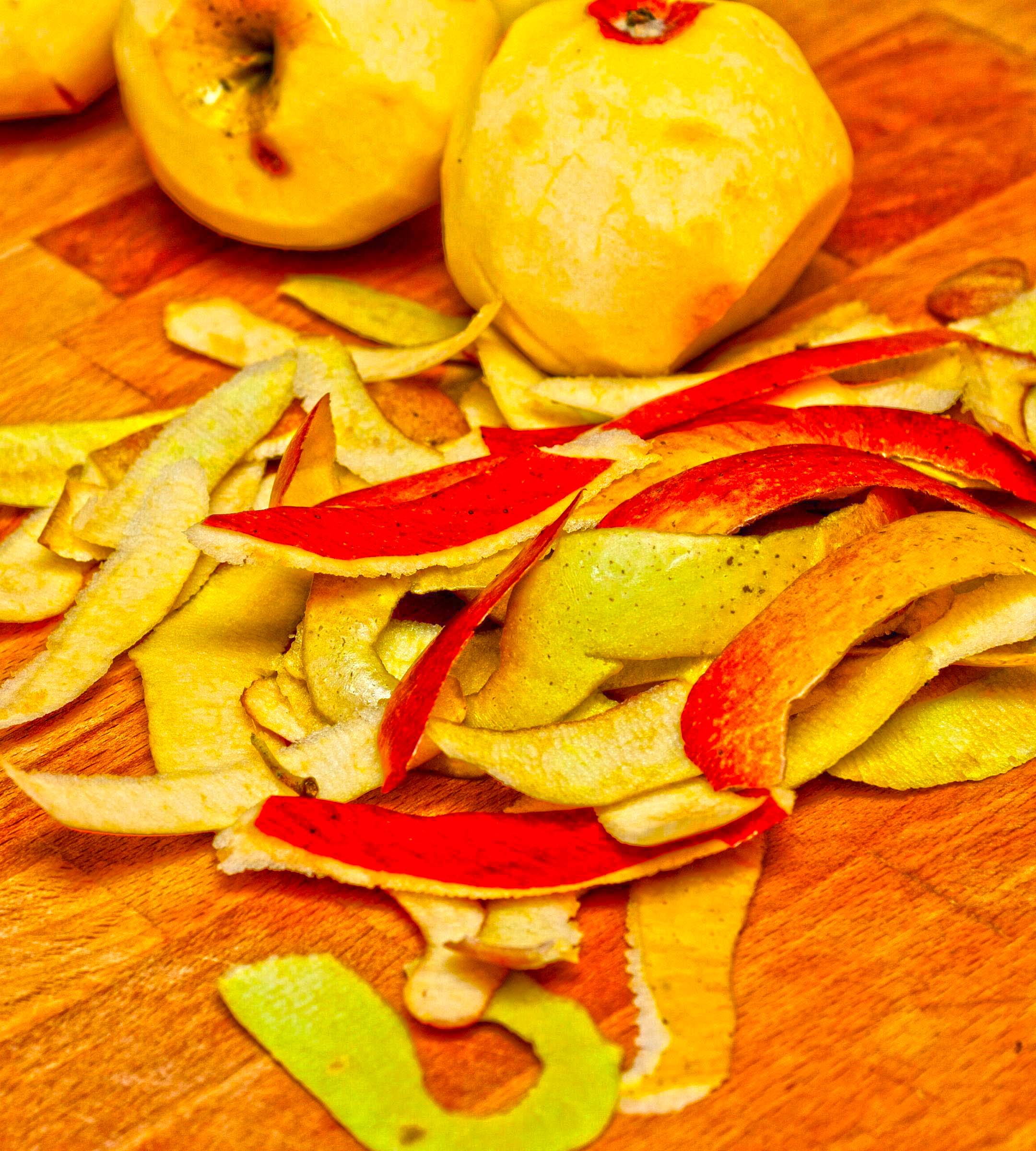
The fruit’s peel contains insoluble dietary fiber, which can promote gastrointestinal motility, “push” food through the intestines faster, and reduce the absorption of lipid substances. Moreover, these insoluble dietary fibers can also combine with cholesterol and bile acids in the intestine, inhibiting the “hepatobiliary circulation” of bile acids themselves, which can reduce blood lipids and the content of bile acids in the liver, effectively preventing gallstones.
The effects of soluble dietary fiber and insoluble dietary fiber in fruit are different, so if you want to eat fruit for health care, you need to work together to achieve the best effect. Most of the insoluble dietary fiber in the fruit is in the peel. If you peel the fruit when you eat it, the effect of lowering blood lipids will be reduced by half.
Fruits good for high blood lipids
Kiwi
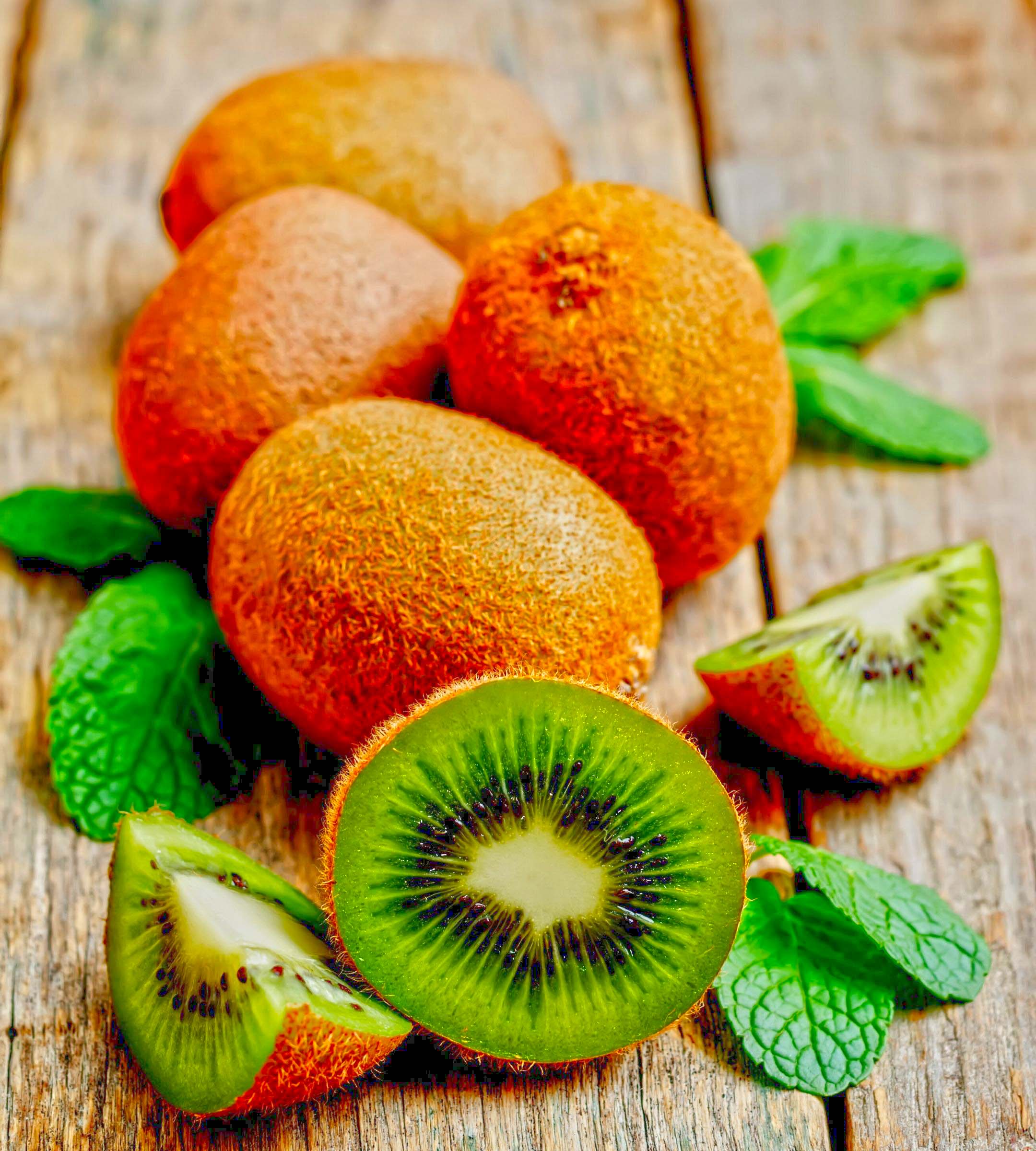
Kiwifruit is rich in arginine, which can effectively improve blood flow, prevent the formation of blood clots, and has remarkable effects on reducing the incidence of cardiovascular diseases such as coronary heart disease, hypertension, myocardial infarction, and arteriosclerosis. In addition, kiwifruit contains vitamins C, E, K, etc. It is a low-fat food rich in nutrition and dietary fiber.
Hawthorn
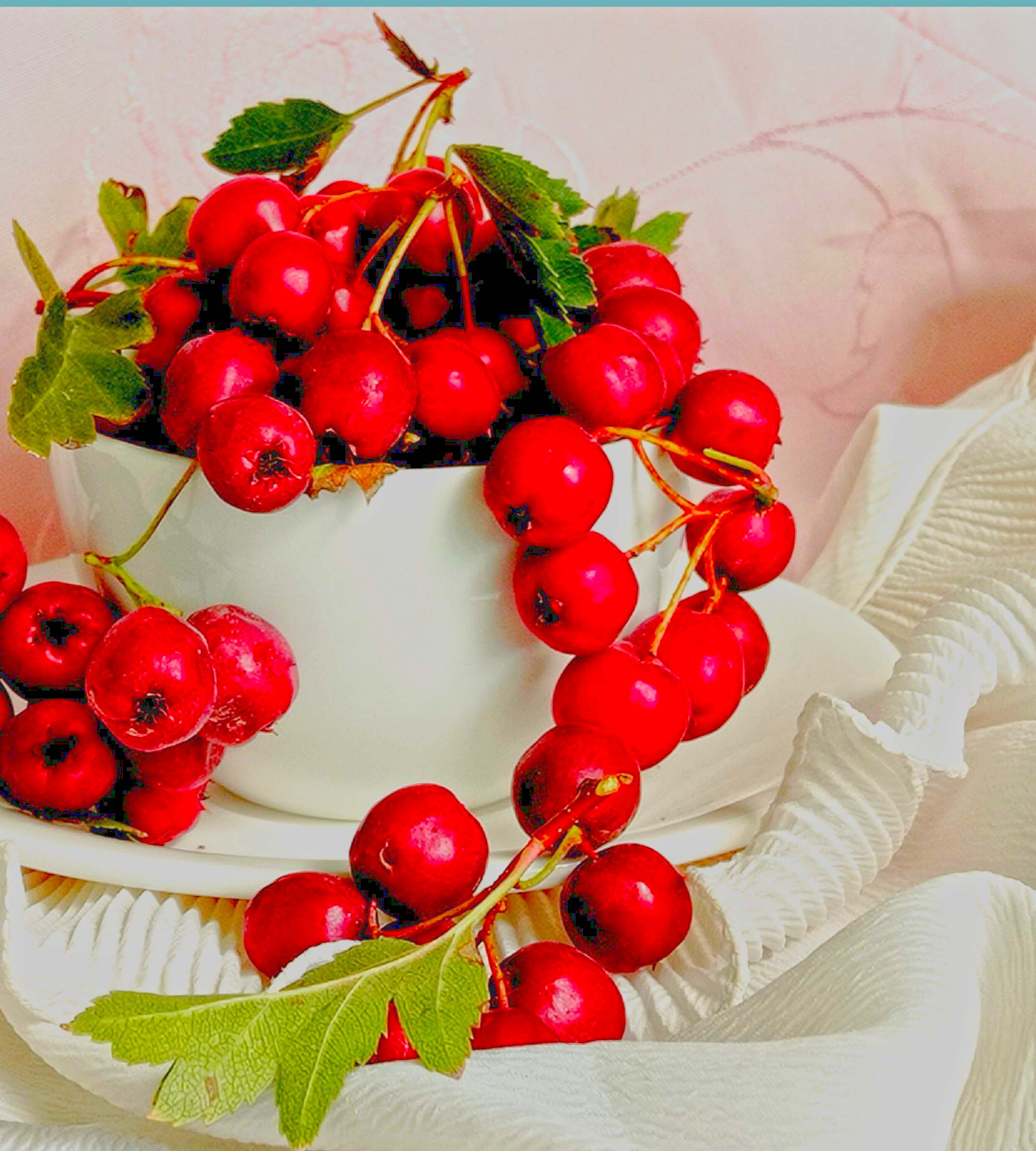
Hawthorn contains triterpenoids, bioflavonoids, and rich vitamin C components. Those components can dilate blood vessel walls, lower cholesterol and triglycerides, and lower blood pressure.
Hawthorn also contains maslinic acid and citric acid, which have significant blood lipid-lowering effects, but some elderly people who eat hawthorn can cause stomach discomfort such as acid reflux and should be used with caution. Hawthorn has the highest calcium content, which benefits middle-aged and elderly people to supplement calcium.
Banana

Bananas are sweet and cold in nature and have high medicinal value. Bananas are rich in norepinephrine, serotonin, and dihydroxyphenethylamine (dopamine). Its main functions are to clear the stomach and treat constipation. Also, it has the functions of clearing heat and moistening the lungs, relieving polydipsia, filling the essence, and detoxifying. In addition, it has the effect of lowering cholesterol.
Lychee
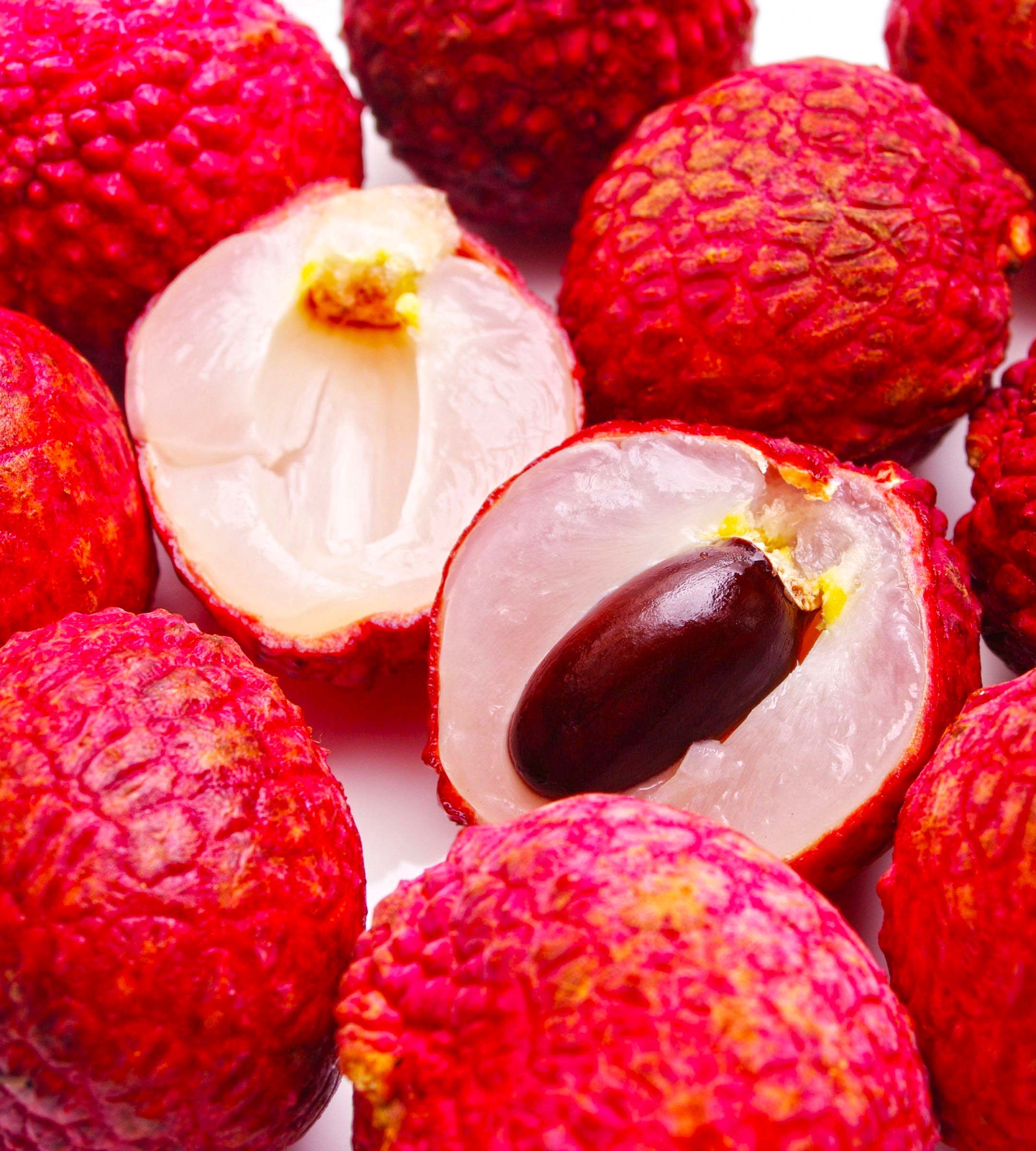
Lychee meat is rich in vitamin C and protein, which helps to enhance the body’s immune function and improve disease resistance. In addition, lychees are rich in vitamins, which can promote the blood circulation of microcapsules, lower cholesterol and triglycerides, lower blood pressure, etc.
Apple

Apples are rich in water-soluble dietary fiber pectin. Therefore, it can reduce the concentration of cholesterol in the blood and prevent fat accumulation. It can also combine the pectin in apples with other cholesterol-lowering substances, such as vitamin C, fructose, magnesium, etc. As a result, they are combined into new compounds, thereby enhancing blood lipid-lowering efficacy.
Watermelon
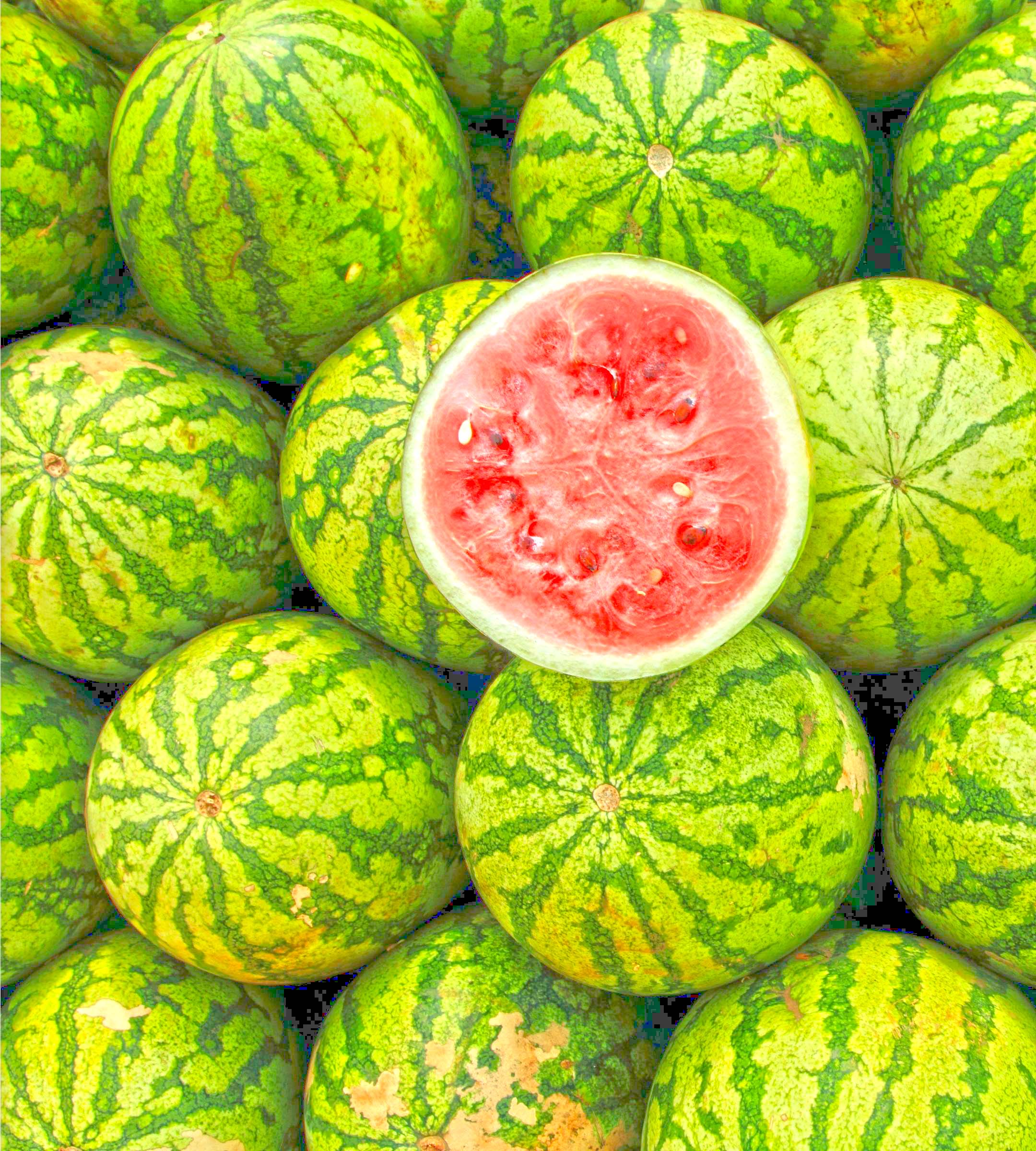
In addition to not containing fat and cholesterol, watermelon contains a lot of glucose, malic acid, fructose, protein amino acids, vitamin C, and other substances. Therefore, it is a nutritious, pure, and blood lipid-safe food.
Orange

The rich vitamin C in oranges can accelerate the conversion of cholesterol and reduce the content of blood lipids in the blood. In addition, vitamin P can prevent vitamin C from being damaged by oxidation, enhance the effect of vitamins, strengthen the capillary wall, and benefit hyperlipidemia.
The flavonoids and limonenes contained in oranges can increase the content of high-density lipoprotein in the blood and reduce the content of low-density lipoprotein, thereby reducing the probability of hyperlipidemia.
Strawberry

The lower calorie content of strawberries can prevent a rapid rise in blood sugar after a meal without increasing the burden on the pancreas. In addition, strawberries are rich in vitamins and minerals, which have an auxiliary hypoglycemic effect.
Olive
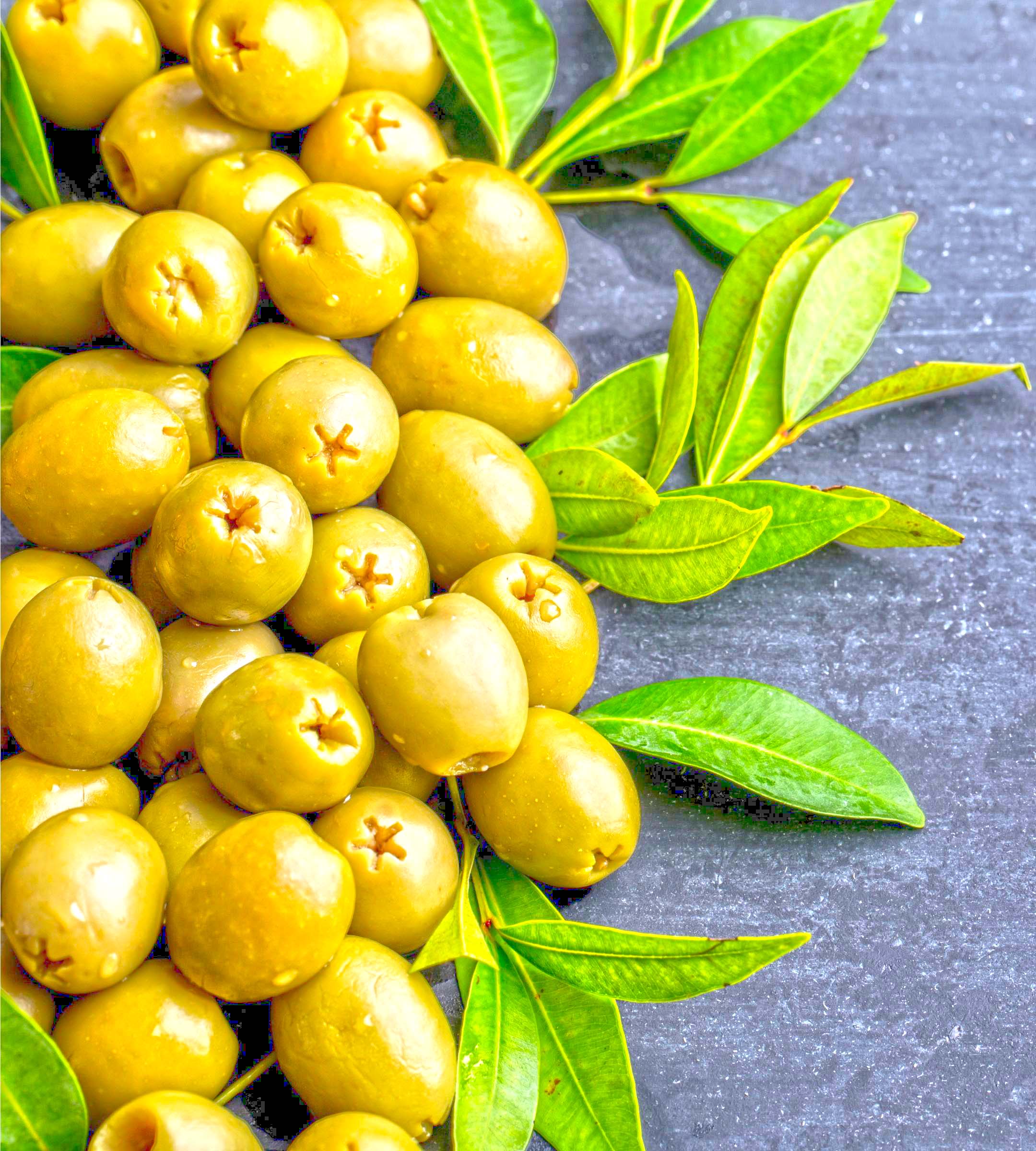
Unsaturated fatty acids in olives can improve blood sugar response, reduce insulin resistance, increase insulin sensitivity, and reduce insulin requirements. In addition, it can reduce total blood cholesterol, triglycerides, and low-density lipoprotein and increase the beneficial effects on the human body. In addition, high-density lipoprotein improves the overall metabolic status of diabetics.
Lemon
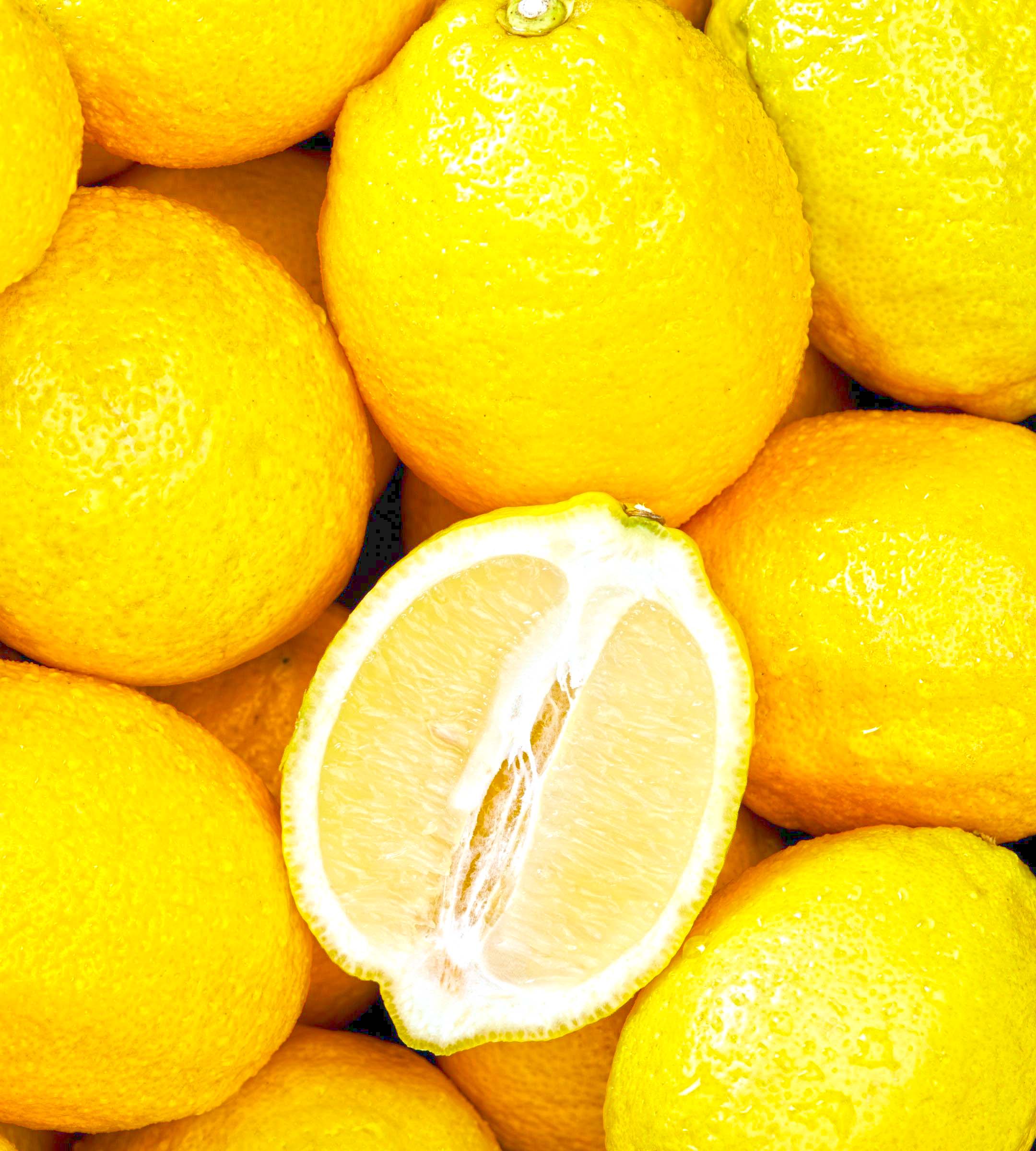
The vitamin C rich in lemon can improve the elasticity of capillaries and enhance the detoxification function of the kidneys, which is beneficial to the prevention of diabetic vascular disease and diabetic nephropathy.
Red grape
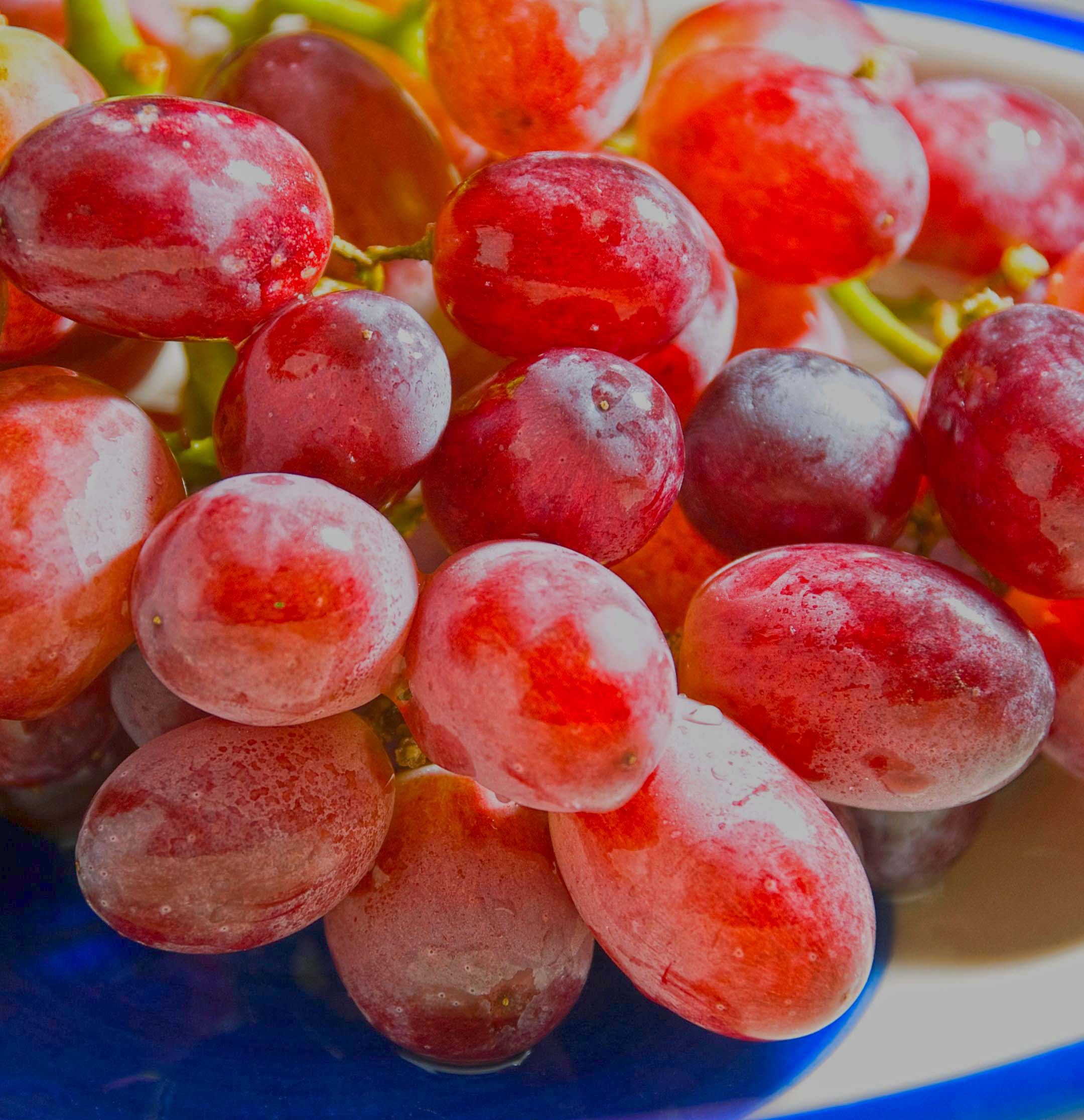
Red grapes are very nutritious. They contain more than 17% glucose and fructose and are rich in malic acid, tartaric acid, citric acid, and other substances. Also, it is rich in protein, trace elements, vitamins, and amino acids. Regular consumption of grasp can clear the heat from the body.
Free radicals in it can prevent platelet aggregation, prevent low-density lipoprotein oxidation in the human body, reduce platelet aggregation, and prevent thrombosis. At the same time, it can also clear the accumulated fat and cholesterol on the blood vessel wall, reducing excessive blood lipids.
Eat more whole grains besides fruits
According to the dietary nutrition recommendation of the World Health Organization, it is best to consume 25 ~ 30 grams of dietary fiber per person per day. In apples, pears, oranges, and other common fruits, the content of dietary fiber is usually 2%.
If you only get it from fruit, you need to eat 2.5 to 3 kilograms of fruit with peel every day. It’s unrealistic to eat so much fruit, so we should eat more vegetables and coarse grains to meet the human body’s needs.
In vegetables, bamboo shoots, lotus roots, and mushrooms have higher dietary fiber content, and in green leafy vegetables are relatively minor. The average dietary fiber provided by vegetables per meal is about 2g to 6g for three meals in a regular diet.
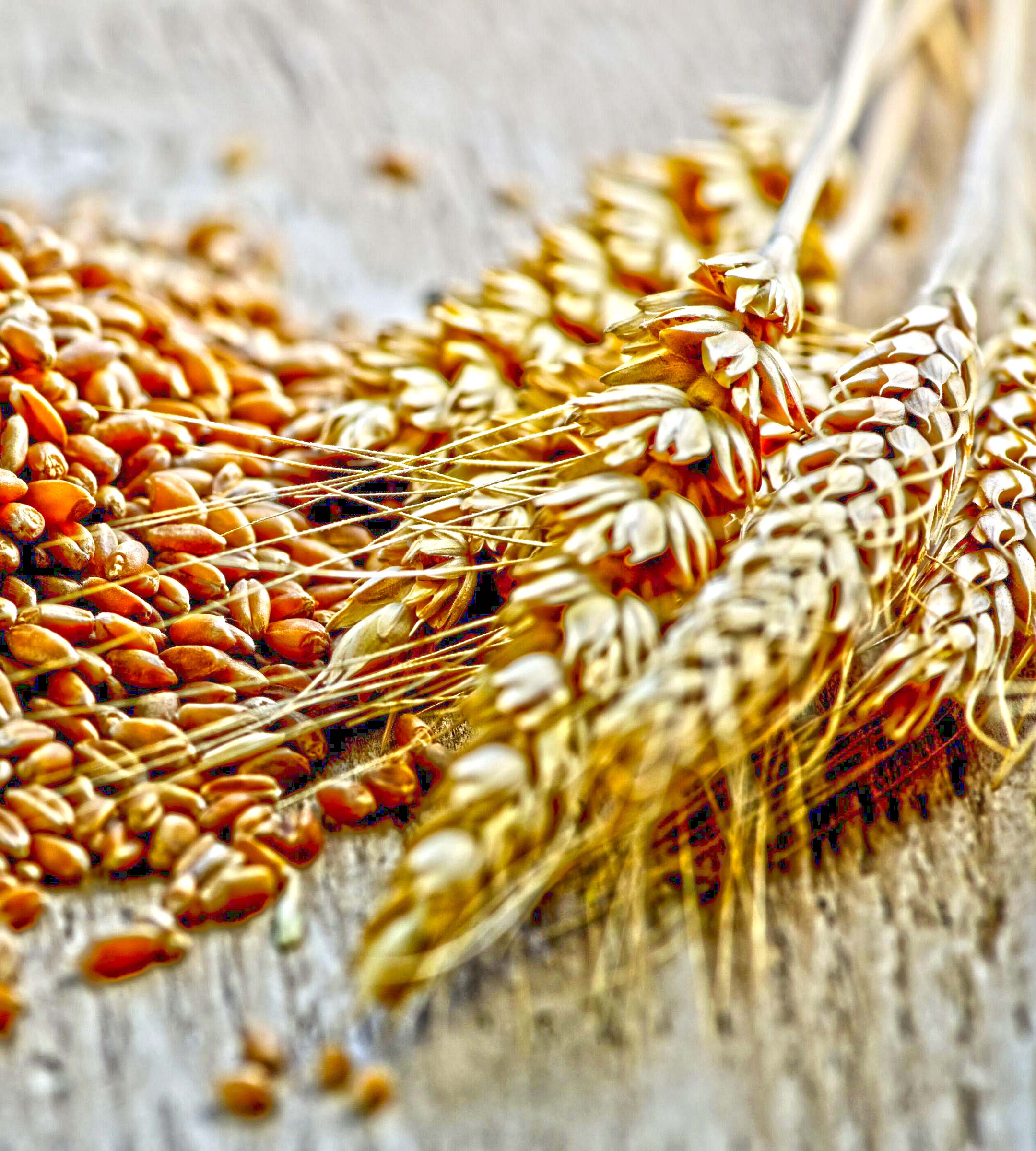
The whole grain food containing bran can provide about 8 grams of dietary fiber per meal. However, if it is refined rice and refined flour, the dietary fiber content in it is very low. Therefore, choosing “100% whole grain” food is the best choice when buying staple foods.
Therefore, if you want to eat fruit to reduce blood lipids, you can eat it raw and cooked, but you can’t peel it. Instead, you should eat it together with the peel to make full use of the dietary fiber to adsorb cholesterol.
In addition, you should eat more vegetables and match them with whole-grain staple food to give full play to the best lipid-lowering effect of “diet therapy.”

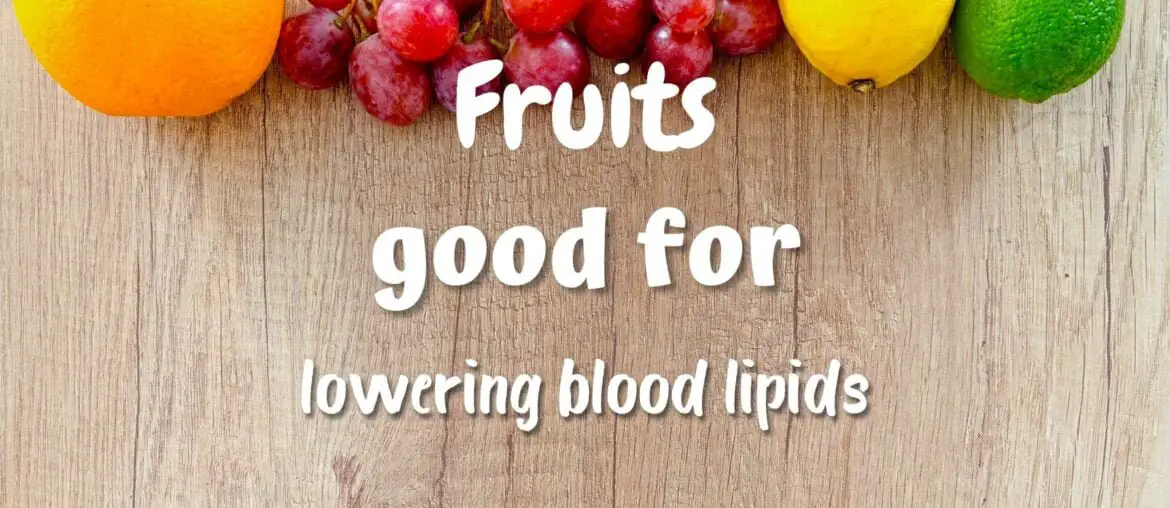
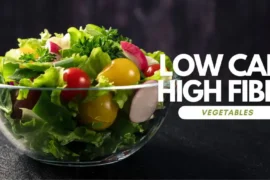
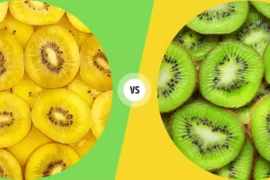

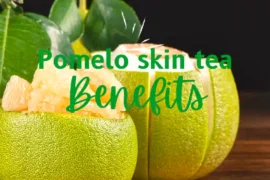
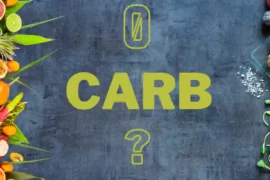
![Raspberry Wine Benefits [Top 10] Raspberry wine benefits](https://www.stethostalk.com/wp-content/uploads/2022/12/Raspberry-wine-benefits-270x180.webp)